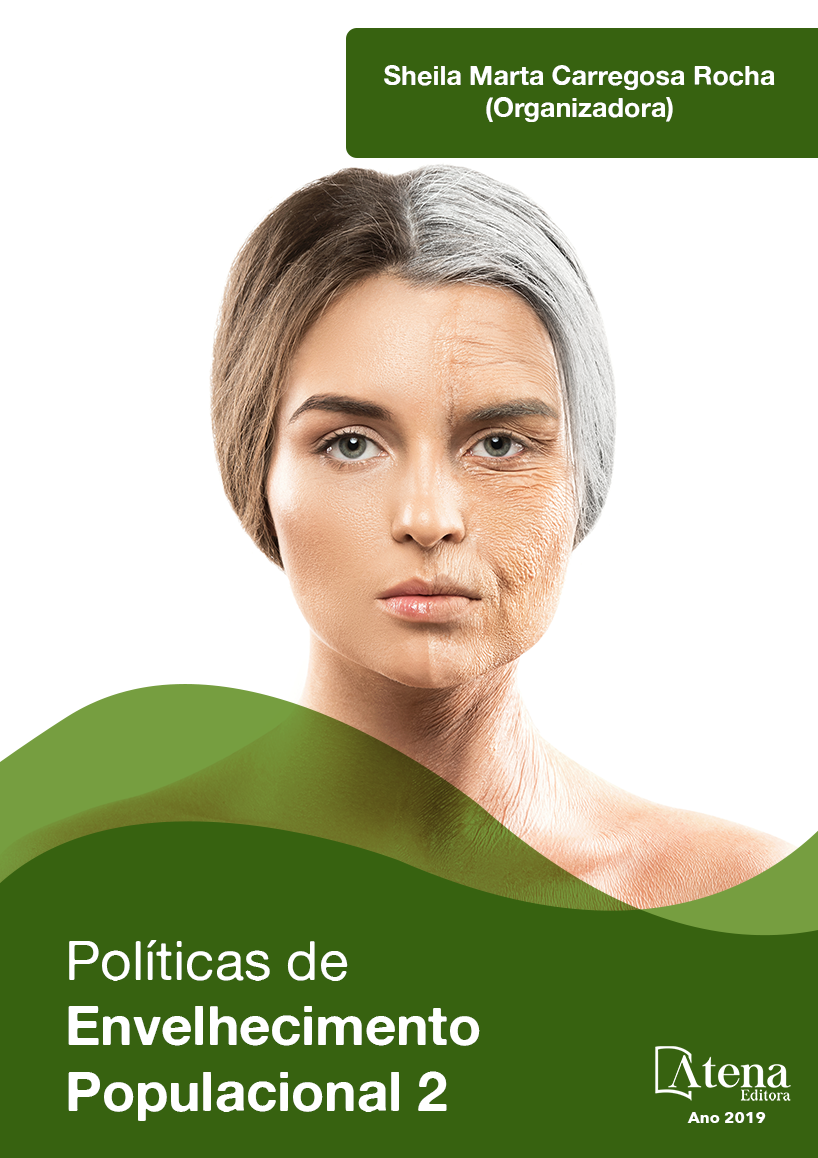
NEUROCONEXÕES NA SENILIDADE APÓS ADVENTO DA INTERNET: ANÁLISE DA CURVA DE APRENDIZADO – REVISÃO DE LITERATURA
Vivemos em uma sociedade
na qual, progressivamente, observa-se o
envelhecimento populacional e, assim, nasce
a necessidade de fornecer melhor suporte
e condições para que haja não apenas uma
vida longânime, mas também, uma vida com
qualidade. É visando tal aspecto que deve-se
incentivar à população idosa a manutenção
da sua capacidade cognitiva através de suas
atividades diárias habituais, incrementando
o aprendizado de novos recursos que os
ingressem em sociedade ativamente como a
internet. Aprender e utilizar as novas tecnologias
por essa população é enxergado como um
mecanismo de integração na sociedade, mesmo
que haja uma necessidade de tempo maior para
a apreensão das novas informações, não sendo
isentos da capacidade de aprimorar e adquirir
novos conhecimentos. É sabido que, com o
advento da internet, o acesso à informação
tornou-se prática, gratuita e disponível a
qualquer lugar. Incentivar o aprendizado
nessa faixa etária do uso das tecnologias,
além de tangível, assegura uma melhoria na
qualidade cognitiva do mesmo e relaciona-se
ao envelhecimento ativo. Tal fato se verifica por
permitir a identificação de agente pertencente
do meio social e, de longe, o permite integrarse,
a seu modo e segundo suas restrições, às
transformações que ocorrem aceleradamente
na sociedade. Essa revisão de literatura
objetivou, dentro do panorama da saúde pública,
estabelecer a relação da arquitetura cerebral no
idoso e suas conexões neuronais à qualidade
da apreensão das informações às quais ele é
exposto em uma sociedade tecnológica, frente
as neuroconexões analisando-se através da
curva de aprendizado.
NEUROCONEXÕES NA SENILIDADE APÓS ADVENTO DA INTERNET: ANÁLISE DA CURVA DE APRENDIZADO – REVISÃO DE LITERATURA
-
DOI: 10.22533/at.ed.77219131130
-
Palavras-chave: Desenvolvimento cognitivo; E-Aprendizado; Senilidade; Neuroconexões.
-
Keywords: Desenvolvimento cognitivo; E-Aprendizado; Senilidade; Neuroconexões.
-
Abstract:
We live in a society in which aging
is progressively observed. This gives rise to the
need to provide better support and conditions
for people to have not only a long-lived life but
also a quality life. It is aiming at such aspect
that should encourage the elderly population
to maintain their cognitive ability through their
usual daily activities, enhancing the learning
of new features like the internet to join them
actively in society. The learning and use of the
new technologies by this population is seen
as a mechanism of integration in society, even
if there is a need for more time to grasp new
Políticas de Envelhecimento Populacional 2 Capítulo 30 277
information, they are not exempt from the ability to improve and acquire new knowledge.
It is well known that with the advent of the internet, access to information has become
practical, free and available to any place. Encourage learning, in this age group, of
the use of technologies, besides being tangible, ensures an improvement in cognitive
quality and is related to active aging. This fact is verified by allowing the identification
of an agent belonging to the social environment and, by far, it allows it to integrate, in
its own way and according to its constraints, to the transformations that occur rapidly
in society. This literature review aimed, within the public health panorama, to establish
the relationship of brain architecture in the elderly and its neuronal connections to the
quality of the apprehension of the information to which he is exposed in a technological
society, facing the neuroconnections analyzed through the learning curve
-
Número de páginas: 15
- Marina Amorim de Souza
- Ahyas Sydcley Santos Alves
- Gilvan Gilson de Medeiros Júnior


